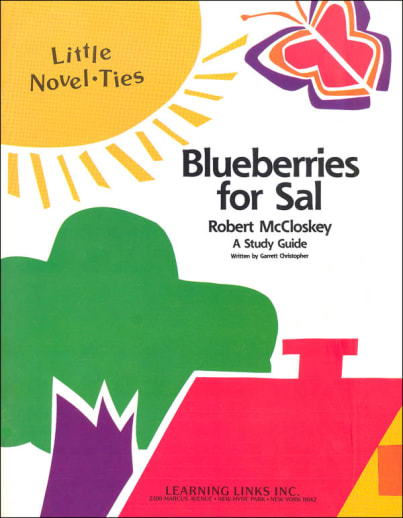(Publisher description) In antiquity, formal and rigorous education was begun around age eight. Before that, lessons would be short and simple. Storytelling, music, and outdoor play were the primary means preparing for that formal education. In that spirit, we present these Primers.
Kathy's primary inspiration for the Primer series came from the works of Charlotte Mason, a highly respected educator of the late 19th and early 20th century. Charlotte Mason brought back the ideas of short lessons, copywork, narration, nature study, and picture study to the homes and schools of her day. She knew that young children needed ample time to play and dream each day and that short lessons were the most effective means of preparing the child for the more rigorous education to come in later years. Charlotte Mason's ideas have been rediscovered by many home and private educators in recent years. These are the basic principles we have followed in developing our Primer series for primary grade students.
The aim of the Primers is to help teachers establish and maintain a simple and consistent weekly routine of copywork, narration, nature study, and picture study with primary grade students. We have done all the preparation work for you so that you may spend more time engaged in instruction with your student. There are also exercises each day which most students will be able to complete on their own. The Primers are an invaluable aid to keeping young students on track as they prepare for more challenging academics in years to come.
Copywork, Spelling, and Grammar
Copying, the earliest written form of imitation, has always been an important part of a classical education. Copywork is a very simple exercise where the student reproduces a well-written literary selection in his best handwriting with careful attention to correct spelling, punctuation, and capitalization.
Each of the three Primers is divided into twelve weeks and organized around a brief selection from a children's book, poem, hymn, or Scripture. Each day has a short copywork exercise from the weekly selection. The daily grammar and spelling lessons are generally drawn from the weekly selection. Capitalization, basic punctuation, making plurals, letter writing, contractions, homonyms, antonyms, and making verbs past tense are a few of the topics addressed in the daily lessons. Please note that Primer spelling lessons are meant to review and apply what is learned in your primary phonics/spelling program.
Narration
Two narration lessons are included in each week. Again, the concept is simple. The student listens to a short narrative or reads it himself, then tells the story back to the teacher. We provide a list of vocabulary words to assist your student in comprehension and as an aid to memory in retelling.
In each Primer, the narration selections come from one classic children's book which is available for purchase through Classical Writing. These books are also available free online as an e-text.
Nature Study
Our weekly nature study lessons invite the student to observe the natural world with his five senses, then draw, write, or talk about what he has observed. These lessons are simple and brief, but powerful, as the student begins to classify and categorize what he is seeing in the world around him. Nature topics in the Primers include telling direction, identifying clouds, understanding the water cycle, identifying moon phases and simple constellations, and observing and classifying birds, mammals, flowers, and insects.
We provide you with information to teach simple nature study lessons in the Teaching Helps booklet for each Primer, as well as links and resources on a website available to purchasers only.
Picture Study
Picture study is done each week by simply looking at and describing paintings done by famous artists. We have chosen pictures that are appealing to younger children in their subject matter and use of color. Students may reproduce what they see by drawing with color pencils, or they may simply narrate orally what they see. Artists featured in the Primers include Mary Cassatt, Vincent Van Gogh, Jean-Francois Millet, Pieter Breugel the Elder, Pierre-Auguste Renoir, and Winslow Homer.
Images of the paintings needed for picture study are included on the free Picture Study PDF download for each Primer. For each Primer, we also provide very brief artist biographies in the Teaching Helps booklet, as well as links and resources on a website available to purchasers only.
The Primer series of books:
The Primer series is designed for the primary student who has completed at least one year of phonics instruction, and can copy a few sentences without too much difficulty.
The Primers can be used in any order. Each one has a seasonal focus: choose Primer-Autumn for your autumn studies, Primer-Winter for your winter studies, and Primer-Spring for your spring studies. In the What to Buy section below, you will find details about what copywork selections, nature study, picture study, and grammar and spelling lessons are found in each book.
The books in the Primer series are in a workbook format and have space for each written exercise or drawing. Each Primer also has:
* a Teaching Helps booklet available for separate purchase with instructions and information for the nature study and picture study lessons, tips on teaching the spelling and grammar lessons, and an answer key for the exercises that warrant it.
* a free Picture Study PDF download containing the images for picture study which you can view on your computer, or print out for your own use.
* a webpage with links and resources for the nature study and picture study lessons.
* You will also need access to the children's book from which the narration selections are drawn.

